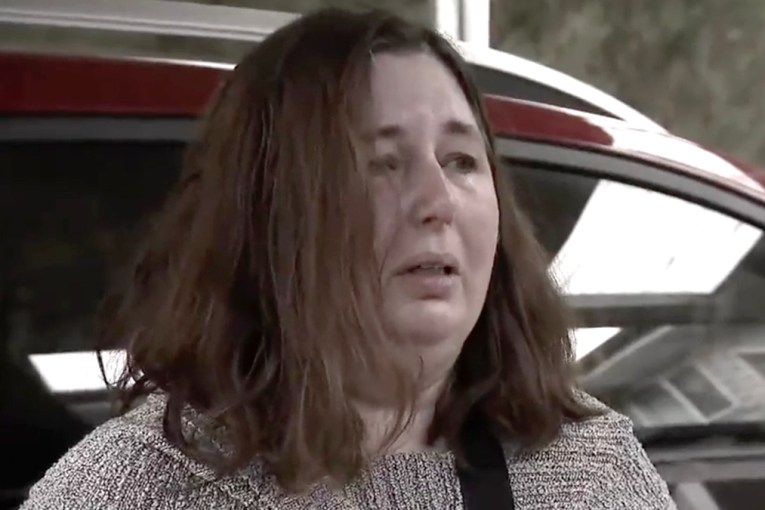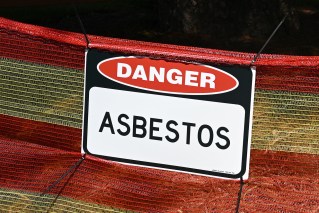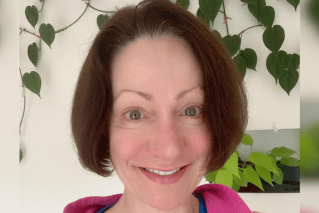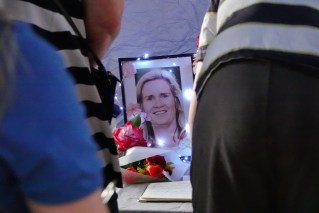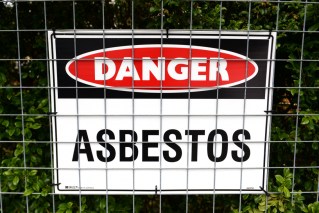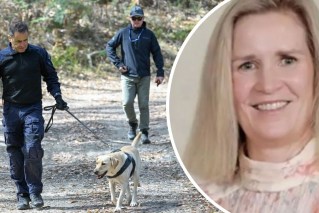Victoria’s rental vacancy rate hits new low
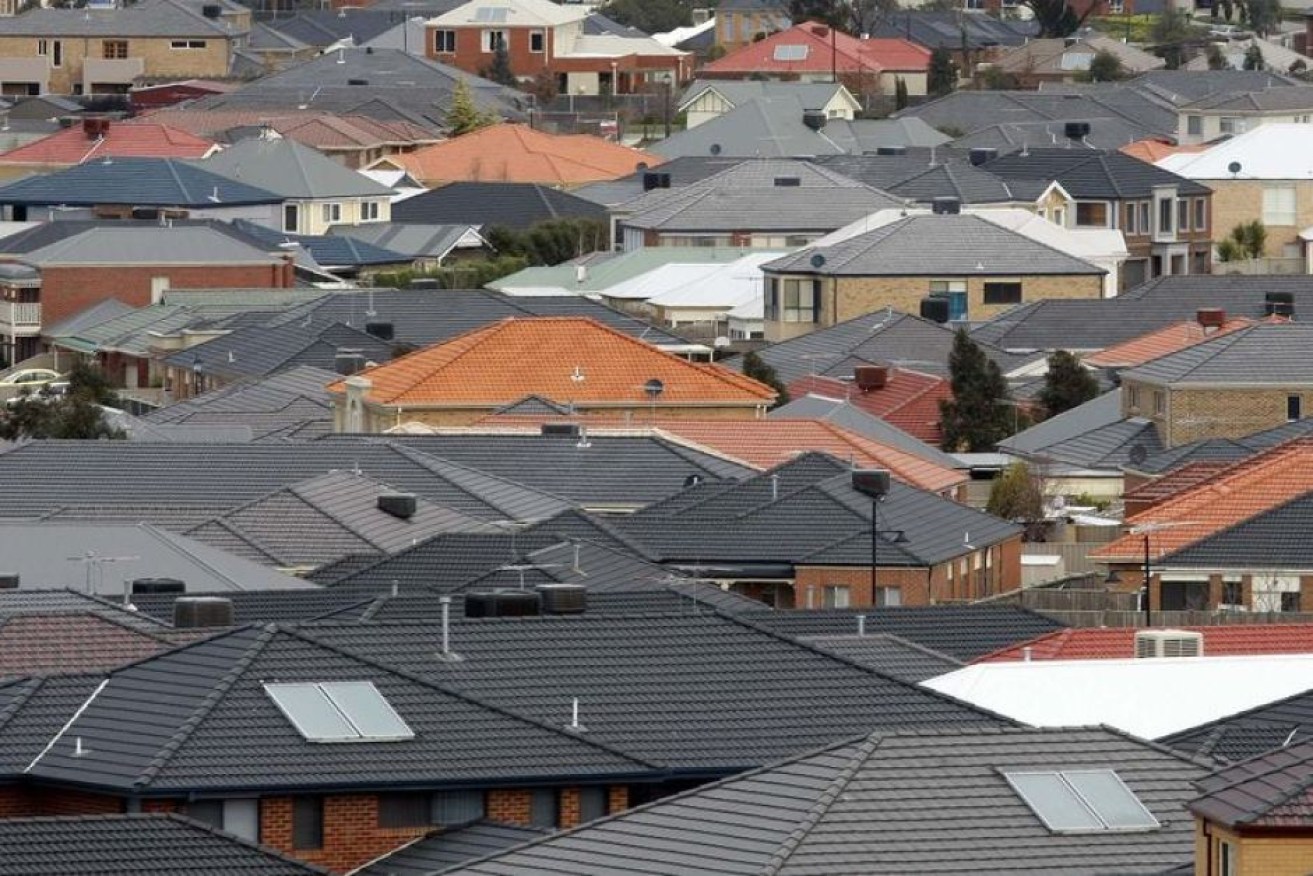
The rental vacancy rate in outer Melbourne was below the Victorian rate. Photo: AAP
The rental vacancy rate in Victoria has hit a record low, the state’s peak real estate body says, and the swelling population has been blamed.
The latest figures from the Real Estate Institute of Victoria (REIV) show the vacancy rate dropped to just 1.8 per cent in July.
That’s the lowest it has been in the 16 years since the REIV began collecting such data.
It’s also well below the 3 per cent rate the REIV says is needed for a healthy rental market, where there is enough supply to meet demand.
Renters in regional Victoria are having the hardest time finding a home: the vacancy rate outside of Melbourne dropped to 1.5 per cent, from 2.3 per cent a year ago.
Vacancy rates in Melbourne’s outer suburbs were also below the state rate, sitting at 1.6 per cent.
“The vacancy rate has been on a slow, steady decline since before 2014, basically driven by strong population growth,” Tenants Victoria CEO Mark O’Brien said.
“There’s not really been a supply response to reflect that strong population growth.”
Victoria’s population grew by 2.3 per cent – or 143,000 residents – last year, according to the Australian Bureau of Statistics.

Victoria’s rental vacancy rate has fallen to 1.5 per cent in regional Victoria. Photo: ABC/REIV
‘Investors retreating from the market’
REIV president Richard Simpson said tighter lending restrictions for property investors were also having an impact.
“Investors have really retreated from the market on account of the crackdown on finance from the banks,” Mr Simpson said.
However, that was making it easier for some renters to become first home buyers.
“We’ve definitely seen that occur in the lower end of the market,” he said.
“In the outer suburbs of Melbourne, demand for those kinds of houses has really soared.”
Mr Simpson said the Government needed to address the supply of housing, by allowing for higher density living in the inner city.
“People are going to always want to come to Melbourne,” he said.
“It’s about now making sure that there’s enough supply to meet that demand.”
Mr O’Brien said the rental investment sector was in need of reform.
“Trying to fill the private rental market with mum and dad investors is a very poor option for such a significant market,” he said.
“What governments should be looking at is how do we introduce institutional investment into the private market so that we don’t get these strange peaks and troughs in the supply response.
The low vacancy rate could further exacerbate the state’s homelessness problem, he said.
While vacancy rate figures are released on a monthly basis, the REIV said the data was calculated as a six-month average, in order to eliminate volatility in the figures.
Rental reforms pass Lower House
As the number of renters in Victoria has grown, so has their recognition in state politics.
The Parliament is currently debating an overhaul of rental laws that would result in smaller bonds, longer leases and the right to own pets.
It passed Parliament’s Lower House on Thursday, despite opposition from the Coalition.
The Victorian Lower House has just voted on the ‘RentFair’ Bill, and…it’s a YES! ✊ A fantastic result for the individuals and organisations who have worked tirelessly to make sure the health and wellbeing of over 1.5 million renters are recognised. Well done, team! pic.twitter.com/mZK6RnRrrb
— Tenants Victoria (@TenantsVic) August 23, 2018
But it still needs to get through the Upper House, where it will need the support of crossbench MPs.
The REIV argues the changes will lead to increased competition for rental properties and place more pressure on rents if the bill is passed in its current form, because landlords will have less control over their investments.
The Victorian Greens have now also unveiled new rental policies to give renters access to the benefits of solar power, saying that would cut $500 a year from the energy bills of renters and public housing tenants.
The Labor Government has announced a $1.3-billion package to give discounted rooftop solar and solar hot water systems to owner-occupiers.
But Melbourne Greens MP Ellen Sandell said renters were missing out.
“One in four Victorians rent their home, but they are locked out of solar. Apartment-dwellers are locked out too,” she said.
The party wants to let renters buy solar panels on public buildings like railway stations and have the energy credited to their power bills.
It said that would allow renters to benefit from solar power, even if they moved around.
The Greens also want solar panels installed on all public housing and all new housing, minimum energy efficiency standards for rental properties, and to introduce a $1000 rebate for owner occupiers and landlords to replace ageing heaters with more efficient models.
Ms Sandell said the policy was costed at about $377 million over four years.
“Renters deserve to live in warm, comfortable homes, not glorified tents,” she said.
“Our plan will also require landlords to upgrade all rental homes so they’re more energy efficient.”
Victorian Premier Daniel Andrews said there was already a substantial program to reform rental laws before the Parliament, but hinted at further changes.
“We will have more to say about energy and about support for renters before November 24 [election day].”
